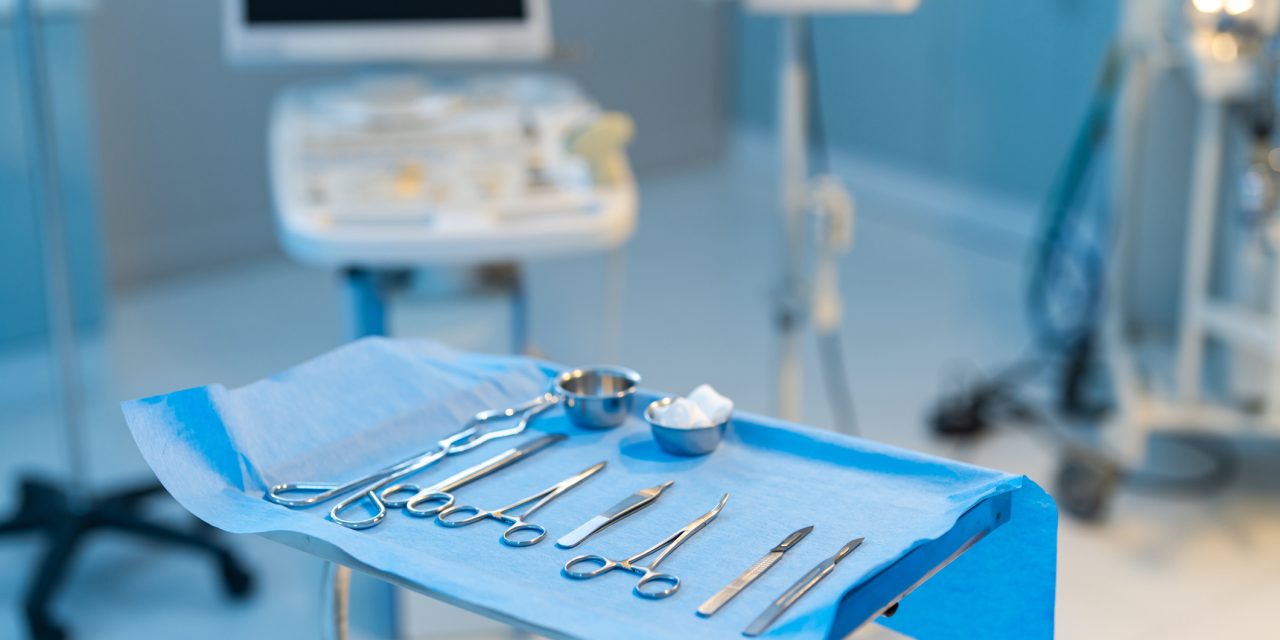Bone-like viable tissue can be generated by utilizing a combination of inorganic matrix, osteoblasts, osteogenic media and application of adequate mechanical stimulation of the cells. To pursue the proof that the generated bone-like tissue (BLT) is capable of bridging a critical bone gap in without adverse effects, the cytotoxicity method (MTT) and murine model were implemented, by implanting the BLT into calvaria critical bone gap in rats. The endpoints for the evaluation of this concept were histological and radiographic data which should show the effectiveness of this method. We found that there was no cytotoxic effect of the BLT according to the MTT assay and no carcinogenic or other morbid effects of the BLT in vivo (mice experiment, n = 10) The critical gaps in BLT -implanted animals (experimental model with rats) demonstrated full bridging of the calvaria critical bone gap with vascularized woven bone (n = 3) as opposed to animals treated with vehicle material (n = 3), which maintained an open gap without any visible closure, according to gross examination, X-ray imaging and histological analysis. The newly formed bone tissue was characterized by pronounced presence of bone marrow regions and newly formed host blood vessels, a strong indication for functional osseointegration. Therefore, the generated BLT, which causes bone regeneration in critical gaps, has the translational potential to bridge bone non-union defects, without harmful systemic or cytotoxic effects. These initial feasibility results indicate a high safety profile following implantation of BLT and its potential clinical ability to be used as autologous bone graft.© 2020 The Author(s).
Safety and efficacy of generated bone-like material for in vivo bone regeneration – a feasibility study.


